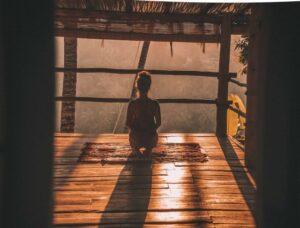Given since Europe is such a diverse continent with so many natural wonders, different cultures and rich history, it’s not an easy task to say which are the best hikes in Europe. Read below our top picks.
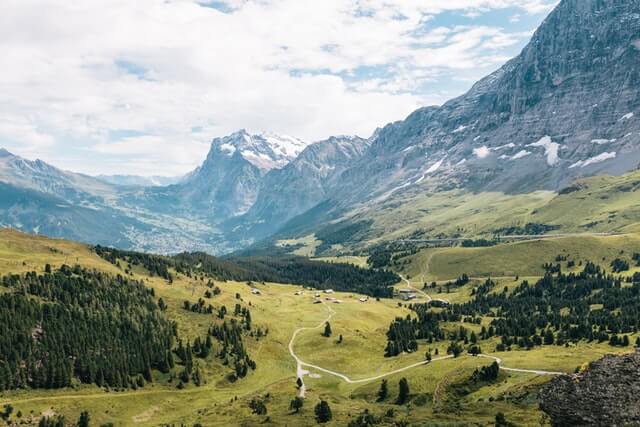
By: Camping Feed Staff | Last Updated: January 16, 2022
Europe is a vast and wide continent that has many natural wonders and spaces that you can explore. There are 10 major mountain ranges across 40 countries, and more than 100 minor mountain ranges throughout the continent. In fact, 20% of the continent is made up mountains. This means that Europe is an ideal location for hikers of all backgrounds to come and experience some unforgettable outdoor adventures.
Many of the hikes in Europe can be completed in one or a couple of days by breaking them up into smaller day trips. The trails in Europe can be accessed throughout different times of the year, which helps you plan a trip easier. On a European hike, you can expect to see impressive peaks with crystal-clear water, wildflowers blooming in meadows, and history found at every turn. No matter where you decide to hike or to what level of difficulty, you are sure to find the perfect hike and trip to meet your needs.
1. Tour du Mont Blanc, France
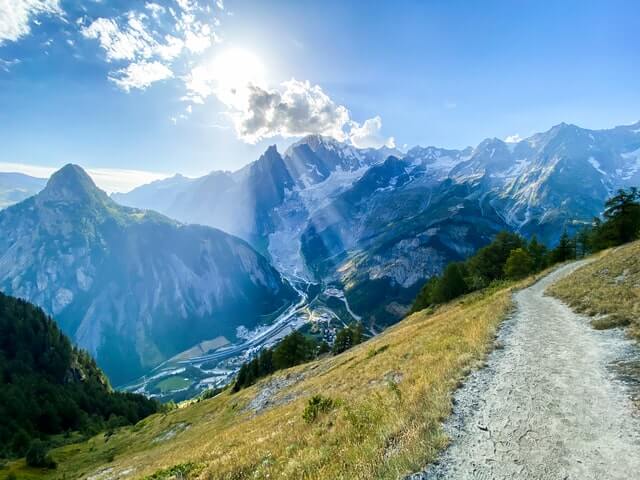
Probably the most famous hike you can do when in Europe is Tour du Mont Blanc. Made up of 170-kilometers of trails around the highest peak in Europe, you will be amazed by the natural beauty surrounding you on every curve and switchback. If you want to do the entire trail system, plan on taking a long trip—it takes about 12 days to do the entirety of the trails. And while you can find trail heads to start your adventure in either Italy or Switzerland, the most famous and grand trails start on the French side. There are plenty of opportunities to take a break while on the trails at the various mountain refuges.
On your journey, you will walk through flat meadows of wildflowers, trek into deep mountain valleys, and stop to take in the moment in Alpine villages. There is 900 meters of elevation gain and loss, so you need to make sure you are dressed and prepared for the varying temperatures and environments you will experience while on the trails. While this may seem like an intimidating trail system, the Tour du Mont Blanc is very novice friendly. You don’t need to train or prepare in order to do the trails here. A very popular trail is the Chemin des Rognes, which starts with a cable ride to Bellevue, followed by a hike up the submit that can be completed in about three to four hours. Once at the top, you can look out over the Chamonix Valley.
2. Hardangervidda, Norway
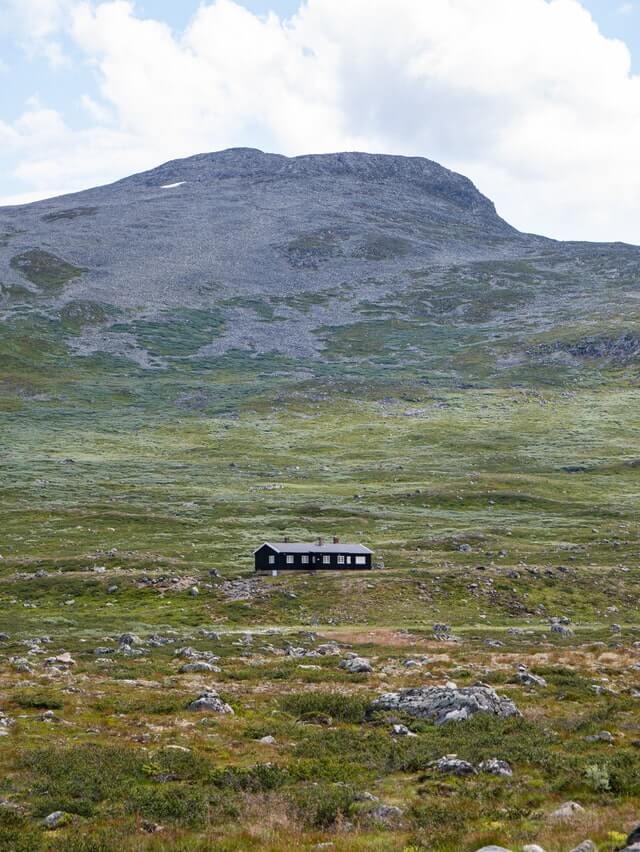
The Handangervidda is a plateau and is one of Europe’s most open spaces at 10,000 square kilometers wide. Norway has taken care of this area with extensive huts and trails, making this one of the most accessible spots for those wanting to explore. The plateau is above the tree line and is home to Artic fauna and flora, as well as glaciers, lakes, mountains, and bogs. You can even see wild reindeer while on your treks! The hiking here is not known for being easy if you’re trying to get up to the plateau. But once up top, it is more manageable.
This is also one of the few spots in Europe that encourages winter activities—many will come here to hike in the summer and cross country ski in the winter. If you are doing a hut-to-hut hike, you will find most of the huts in the north Hardangervidda compared to the south. For those that want to walk the entirety of the plateau, it can take anywhere from seven to twelve days and is not attempted by many.
3. Matterhorn Base Camp, Switzerland
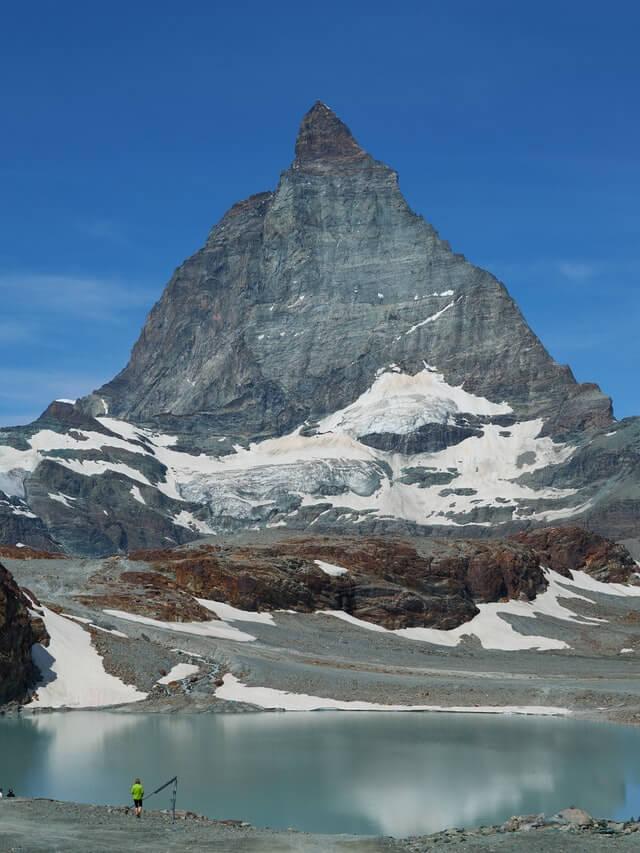
Another hike through the legendary Alps, hiking the Matterhorn can take up to eight days if you want to do the full 150 kilometers of trails. This is one of the highest mountain peaks in the Alps and is considered to be a challenging hike. If you just want to summit the mountain, you will need to stay at least one night at the Hornli Hut found at the Base Camp. When doing these hikes, you will notice the differences in lifestyle of the Swiss and the Italians as you come across the different villages on the trail. You will still, of course, walk through flowering meadows and past glacier waterfalls.
If you only have time to do a day hike, you should consider the Hornlihutte trail. You begin with a cable car ride in Zermatt Bergbahn, which will take you to a relatively flat trail that gets steeper after the first hour. After about another hour of climbing past rocks and narrow trails, you will make it to the Matterhorn Base Camp. This is the highest up the Matterhorn you will be able to go without bringing the proper climbing gear.
4. Făgăraș Mountains, Romania

Located in the Romanian Carpathians are the Fagaras Mountains, which are considered around the world to have some of the best hiking trails. Many people will start their journey here at Balea Lake, with an ice hotel on its shores and many trailheads starting here.
There are a lot of wonderful day hikes that you can take in the Fagaras that range from easy to difficult. For those that want to hike the entire ridge of the mountains, it is 70 kilometers long and takes about six days to complete. This is not a hut-to-hut hike, so you are required to bring your own sleeping gear and tents if you want to explore Romania’s wilderness.
5. Schluchtensteig, Black Forest, Germany
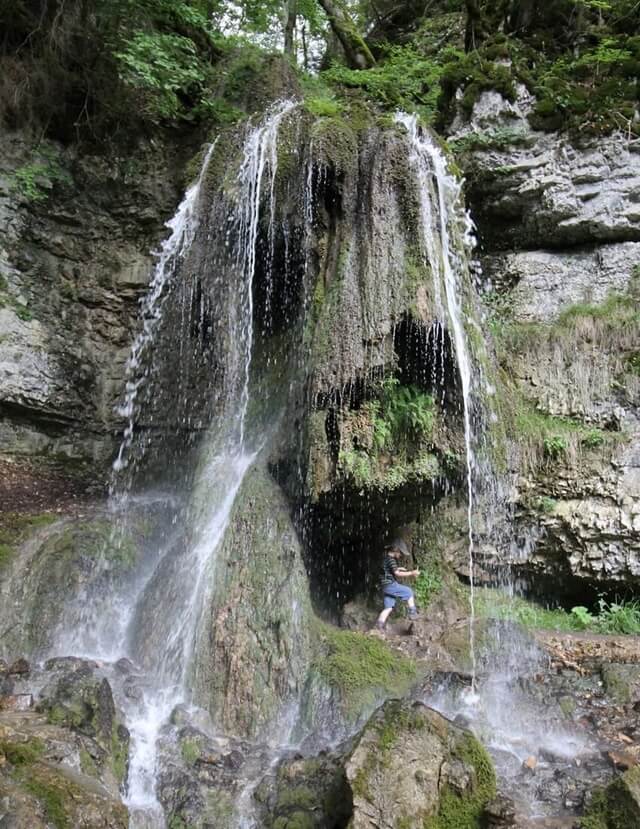
“Schluchtensteig” in German means “rock gorge” and that is exactly what you’ll be hiking when you visit this part of the infamous Black Forest in Germany. This one of the Black Forest’s most popular treks, and one of the longest trails in Germany. The trail is 120 kilometers long and takes you around the famous Lake Schluchsee and gives you views of the Alps when at the higher points.
There are six portions of the trail, each about 20 kilometers but bring their own challenge to the trail. Overall, it is known as a moderately challenging hike that though that are used to hiking should be able to manage. It is only open late April to late October due to the weather in the winter months. There are not a lot of cafes or restaurants on the trail in the villages you go through, so it is suggested to bring your own food and drink.
6. Bärenschützklamm, Hochlantsch Mountain, Austria

When you hike the Barenschutzklamm, you will also be hiking over 109 bridges and 51 wooden ladders on your way to the very top of this magnificent hike. The Barenschutzklamm is a water and rock gorge with waterfalls and cliffs waiting around every turn. On top of the summit is the Maria Schusserlbrunn, a wooden church for pilgrims to visit and rest their weary feet.
The tallest peak in the range is the Hochlantsch, standing at 1,720 meters. The trails are only open from May 1 to October 31 due to weather and rock falls. The hikes throughout the peak can take about a day—albeit a very long day. While there are the ladders and a steepness to the trail, this is known as being one of the easier hikes you can go on.
7. Tour du beaufortain, France
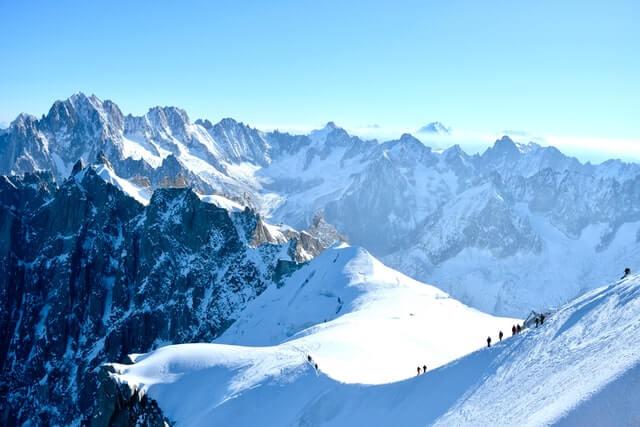
South of Mount Blanc you will find the Tour du Beaufortain, a 90 kilometer loop that you can hike in about seven days. This is a hut-to-hut hike, but it is advised you plan a trip in the summer months since the huts do shut down when the weather gets colder.
This is known as being a difficult hike and people enjoy coming to here due to the authentic nature of the trails compared to other hikes. You will find lakes, meadows, and alpine pastures on your journey—you can even try some of the famous Beaufort cheese when you take a break from hiking.
8. Alta Via Dei Monzoni, Italy
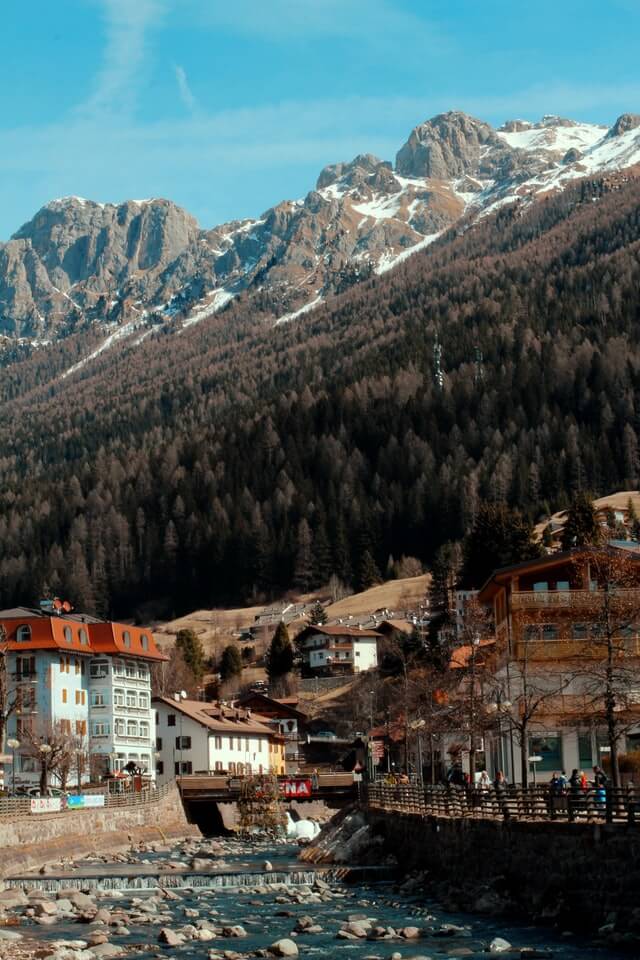
Another mountain range in Italy that a lot of people like to spend time at is the Dolomites. Here you can find numerous hiking trails and vacation spots that will fit any skill level you’re looking for. One of the more popular trails is the Alta Via in Italy. This can be found in the di Fassa valley. You start this hike by taking a ski lift the trailhead in Passo San Pellegrino. From there you will begin the five hour loop trail that takes you past the impressive peaks of the Dolomites.
If you are a history buff, you will also love this trail—it takes you past Austin and Italian World War I trenches, and sniper hide outs. Even though this is an easier hike and you can complete it on your own, many people recommend hiring a guide to take you so you can stop and learn about the history of the trail and the culture of those that live in proximity of the Dolomites.
9. Triglav National Park in Slovenia
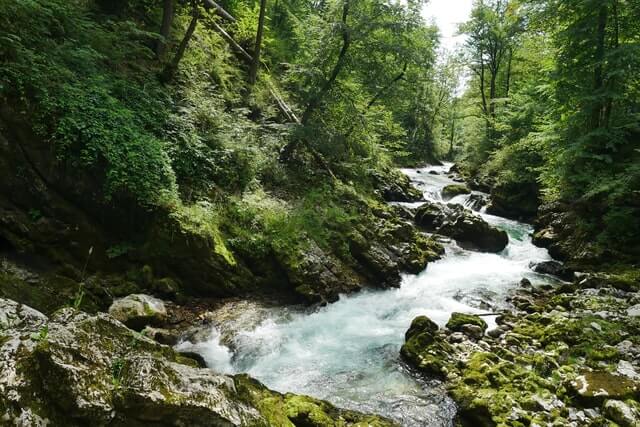
Mount Triglav is a well-used and loved mountain in Slovenia that many locals and tourists frequent throughout the year. Climbing up this mountain is considered to be a moderate challenge. You will be using fixed cables on the trail in order to navigate the more narrow parts of the trail.
You can do this hike on your own, but many recommend hiring a guide since there are tricky sections that a guide will know the way through, which keeps you and you party safer. It will take about two days to complete the 2,864 meter summit. From the summit, you will be able to look out and see the blue Lake Bled and you can visit the highest hut on a mountain, the Kredarica hut.
10. Camino de Santiago, France and Spain
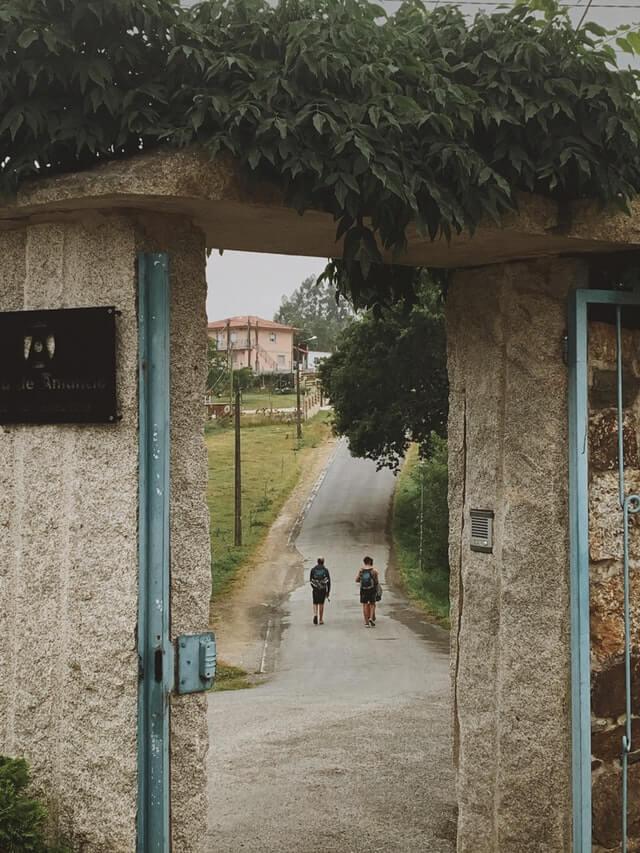
For many, the Camino de Santiago is a religious experience. Translated to the Way of Saint James, Catholics from around the world will walk from Saint-Jean-Pied-de-Port to Santiago de Compostela. This has been happening since the 9th century, and as time has gone, as expanded its audience to a diverse crowd that hikes the trail not for religious purposes, but for other reasons.
This is an 804 kilometer trek that will take you about 30 days if you are a more experienced hiker. Along the way are hostels, hotels, and camping sites where you will meet other travelers and pilgrims. There are also amazing views, vineyards and breweries, and self-discovery that bring a lot of people to this hike. The most popular trail is the Camino Frances, which crosses the Pyrenees Mountains and takes you on a beautiful journey.
11. Tatra mountains in Poland and Slovakia

The Tatra Mountains share a border with Poland and Slovakia, helping make up Slovakia’s oldest national park. The best time of year to do one of these hikes is from June to September, due to the weather. There are countless trails in this range, so you will never bore or run out of hiking options on this trip. This is Eastern Europe’s only alpine mountain range, with more than 100 lakes waiting for you to take a dip in.
You can camp inside or stay at one of the mountain huts. The Slovakia side of the mountains is a Biosphere Reserve where you can see native wildlife like mountain goats or marmots. Because there are so many different hiking trails to choose from, you can be a new beginner or a seasoned expert and find a trail that fits your needs in the Tatra Mountains.
12. GR11, Spain
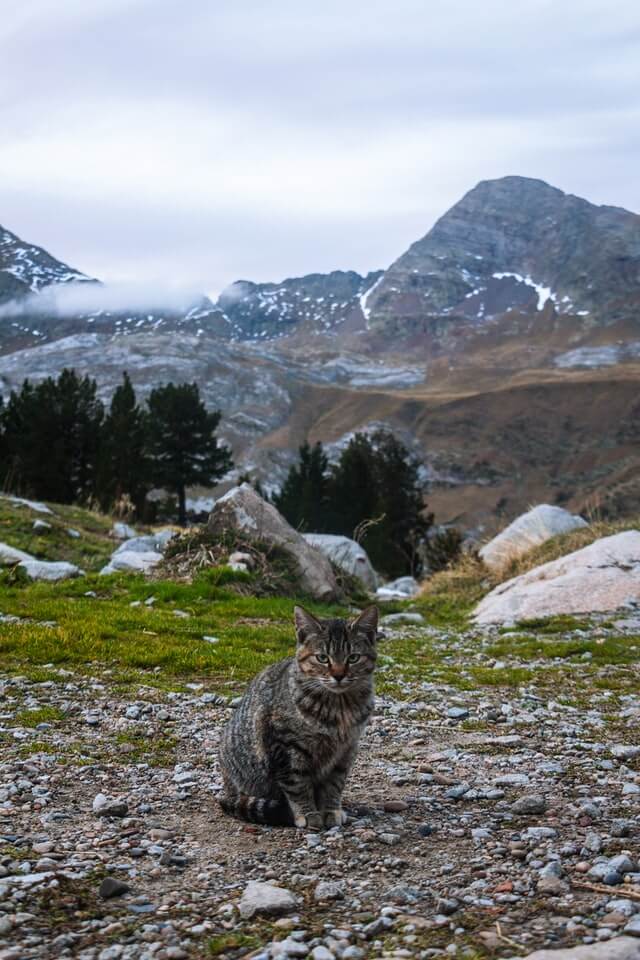
Located in the Spanish Pyrenees Mountains, the GR 11 is one of many trails you can find in this mountain range that is accessible to visitors. The GR 11 is 840 kilometers long, stretching the entirety of the Pyrenees from the Atlantic Coast in Hondarribia to the Mediterranean Sea in Cap de Creus.
The hike is hut-to-hut, but you may have the option of staying in a hostel or an actual town as you travel it. In total, it takes on average 46 days from start to finish. You will pass over mountains and through valleys as you head towards the sea. There are other GR trail systems in the Pyrenees that are considerably shorter. But the GR 11 is known for its primitive trails and walks through natural beauty. Due to the ruggedness of the trail, it is recommended that you do not attempt it in the winter as snow and ice can make it very dangerous.
13. Mestia – Ushguli, Georgia
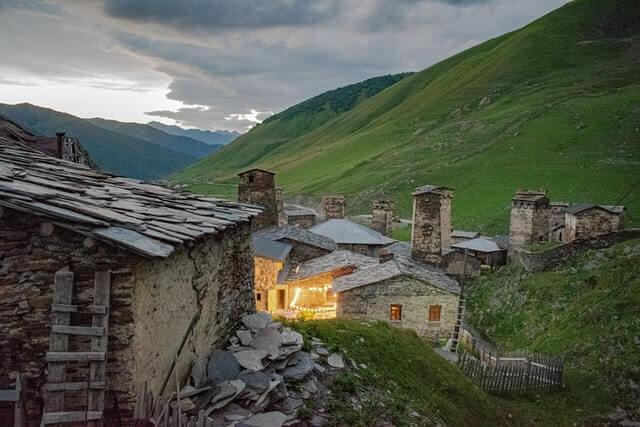
The hike from Mestia to Ushguli is a 56 kilometer trek that takes you through primitive Georgia, from a glacial valley to high above summit. This is the most well-known and trekked multiday hike in Georgia, and it only takes three or four days to complete.
This is considered to be a moderate hike, with fairly easy sections and some portions that are a little more challenging but still doable to those in good physical condition. You won’t need to pack a tent as you will be hiking through traditional Svaneti villages—just make sure you book in advance if hiking during the busy summer months!
14. The Dolomites, Italy
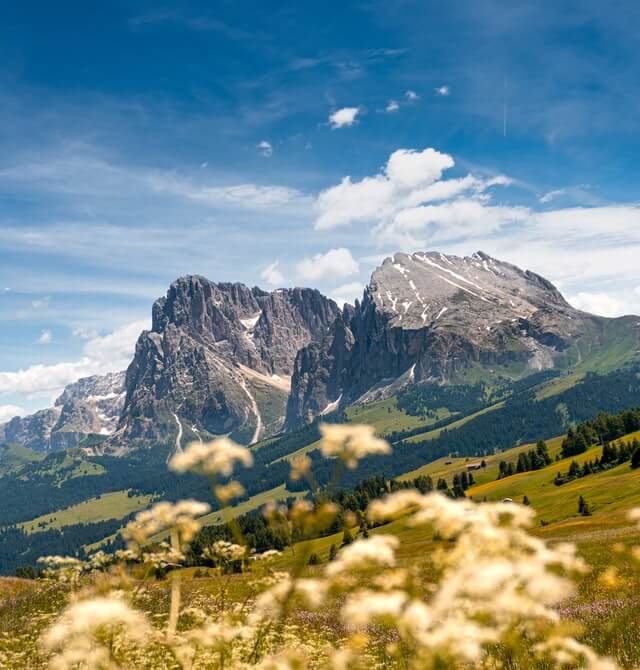
The peaks of the Dolomites may be one of the most recognizable mountain chain, with their unique shapes and spikes. You can hike the Dolomites without a guide, but using one ensures that you won’t miss out a fascinating history lesson! The Dolomites played an active role in World War II, and a guide can point out the different trenches and bunkers you’re walking in and around.
You can also visit the Ladin shepherds and their villages and hear the different dialects of Italian used in the region. You can spend a couple of days exploring the Dolomites or only do day-trip hikes. There are trails that fit all levels of experience and fitness, so everyone can find something they will love.
15. Coast to Coast, UK
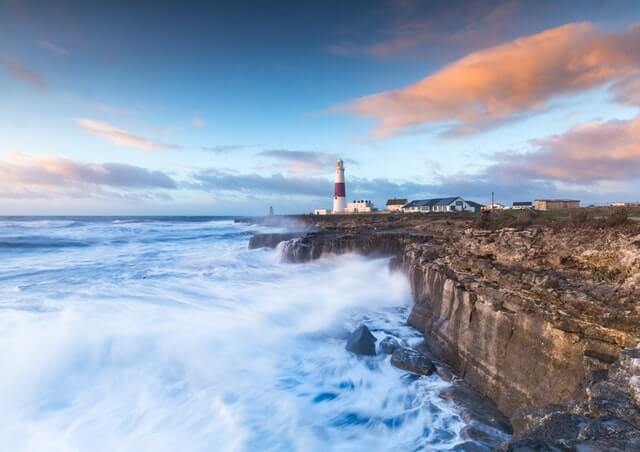
Starting in St. Bees Head on the Irish Sea and ending in York after passing the North Sea, the Coast to Coast walk in England, the United Kingdom, is known as one of the greatest long-distance hikes from the planet. This is a 205 kilometer trek that takes about 12 days to complete. In those 12 days, you will be hiking in 3 national parks— Yorkshire Dales ,Lake District, and North York Moors. If you are a history buff, you will love walking along ancient Roman routes and through towns that date back to the Tudors.
The hike is based on Alfred Wainwright’s own coast-to-coast walk from 1973, in which he outlines 12 stages, or days, that a person should do the walk with and where to stay and the history of what is around as you go on. He suggested, and it has stuck, that people walk from west to east. This means that you are starting in the Lake District which has the highest peaks in England and is full of natural beauty. You continue on and end up in the Yorkshire Dales which is known for its storybook villages and homey restaurants and pubs. You then end in the North York Moors, which is home to medieval castle, ancient stone circles, and history that dates back millennia.
16. Urho Kekkonen National Park in Finland
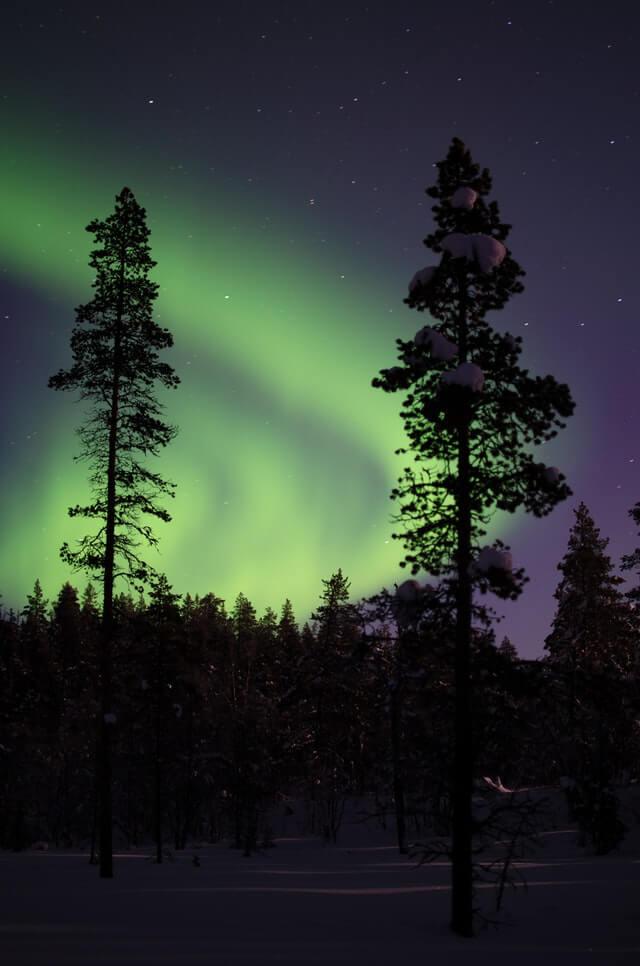
Urho National Park is perfect for those looking for a challenging adventure, or those with young children who want to experience a cool part of nature. Located in the Artic Circle, you can look up at night during the winter and see the famous Aurora Borealis or experience the summer’s Midnight Sun. Children will love that this is where Father Christmas lives, in Korvatunturi.
There are more than 200 kilometers of marked trails inside the park. Many of these are perfect day trips during the summer or can be used by cross country skiers in the winter. There are huts throughout the park that hikers and skiers can rest at while on their trips as well.
17. Scottish Highlands

Taking a trip to the Scottish Highlands is an adventure, whether you are out hiking or driving through this magical part of the world. There are multiple peaks and trails that you can do in this region of Scotland. The most famous mountain, and the tallest peak in the United Kingdom, is Ben Nevis. It is a little less than 17 kilometers and you will gain in altitude 1,145 meters, but this is considered to be a moderate hike. Expect to spend about six hours on the trail and plan on going during the warmer summer months. From the top of the summit on a clear day (rare in Scotland), you can see out over the west Highlands and half of the country.
If you want to hike all of the Highlands, plan on spending multiple days on the 153 kilometer trails. You will start in Milngavie and end at Ben Nevis and Fort William. While there are huts and mountain cabins to stay in while on the trail, most prefer to camp in the beautiful Highlands.
18. Laugavegurinn, Iceland

When you think of what “wild” Iceland looks like you, you probably picture Laugavegurinn in your head. This is another hike that is known for being difficult but can be broken down into smaller hikes that are more manageable for the average person. However, if you want the full experience, you can certain embark on a four to six day trek of the 55 kilometer trail that takes you over the colorful hills and icy glaciers.
If you just want to visit Laugavegurinn for a day, that is totally accessible. Come and see the Icelandic horses running through the valleys or hike around the volcanic rock that has steam rising from it. Culturally, this part of Iceland is known for its magic and folklore, which you will feel as soon as you start hiking here.
19. Corsica’s GR20 Trail, France

Located on the island of Corsica is what is considered by many to be the hardest long distance hike in Europe. Known as the GR20 trail, this is a 180 kilometer hike that runs the length of the island and has an elevation change of 12,000 meters. The entire hike takes about 15 days to complete. Needless to say, this type of hike is normally only done by expert hikers in peak fitness. For those that want to do the full hike, this trail is known as a hut-to-hut, meaning hikers spend their days traveling to the next hut on the trail and either stay there or in a campsite next to it.
If you don’t want to complete the full trail, there are plenty of ways to only do a little but of the GR20. Some hikers will just do half of the trail, where the northern portion is known as being more difficult than the slightly flatter southern portion. The mid-point is a village called Vizzavona, which you can reach by taking a train. Many people will take the train and then go on trailheads from here to hike to the other small villages in the area. There is even a sea-to-sea trail that you can access that will take you from one part of the island straight to the other.
20. Via Alpina in Switzerland

If you’re looking for an adventure, the Via Alpina may be perfect for you. Crossing Switzerland from east to west, this 300 kilometer trail can take anywhere from two to three weeks. You will walk past glacial peaks such as the Eiger, Wildstrubel, Jungfrau, and Monch.
This is not an easy trail and can be challenging for even the most experienced hiker. The last two days are the hardest but the most rewarding, as you hike up the two highest points in the Via Alpina. This is a hut-to-hut trail and should not be attempted in the winter months.
21. Trolltunga, Norway
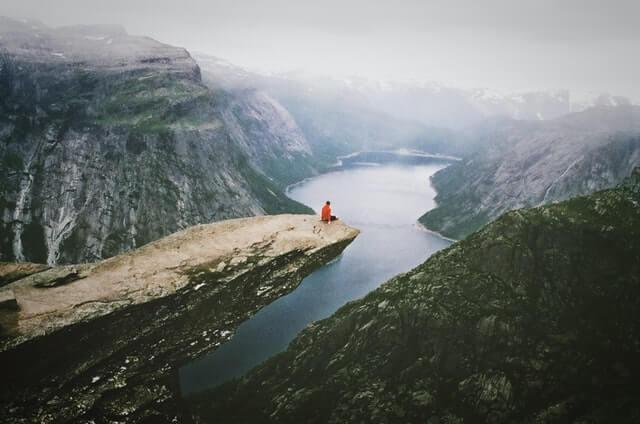
Easily the most well-known and loved rock formation in Norway, the Trolltunga is 1,180 meters high and gives you a view of the fjords below and the mountains surrounding you. The hike to this spot is considered very challenging and should only be attempted by those hikers with confidence.
You start in Skjeggedal and hike up a mountain 28 kilometers and it will take you nearly ten hours to complete. You can hike on your own from June through September. From October through May you must have a guide with you due to the dangers associated with the hike.
22. Apuseni Mountains, Romania
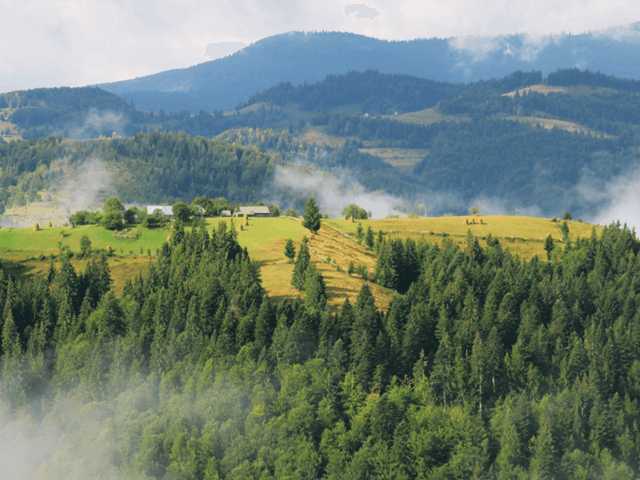
Found in the Carpathians mountain range, the Apuseni Mountains is actually famous for its nearly 400 caves and its plateau which is most frequented towards the end of April. During April and May, this plateau is covered in purple wildflowers peaking out of what snow remains on the ground.
It takes a day to hike from Padis up to the village of Stana de Vale. Sometimes the trails might be closed due to snow, but there are always alternative trails nearby that you can go off and explore instead.
23. Seven Lakes Valley, Slovenia
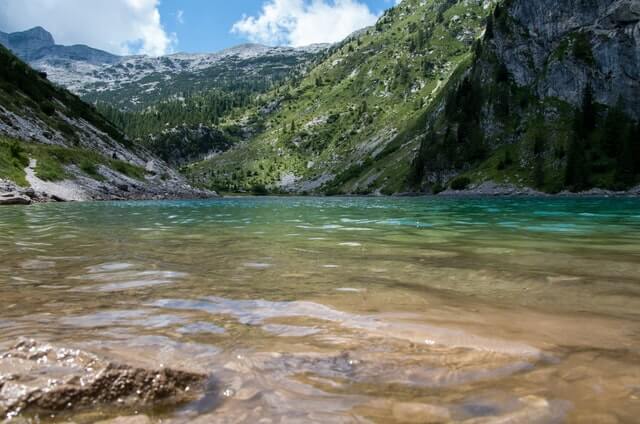
Located in Triglav Lakes Valley, the Seven Lakes Valley is made up of alpine glacial lakes. This is a popular day hiking spot, with the most popular trail head at Planina Blato. For a more challenging hike, you can start in Koca pri Savici. These trails are about seven hours round trip and are done as a loop.
The trails are well marked and they will take you past all seven of the lakes. The Triglav National Park is protected land, so there are certain restrictions you must adhere to such as no picking the wildflowers and the pastures that you walk past are privately owned by farmers.
24. Samaria Gorge, Greece
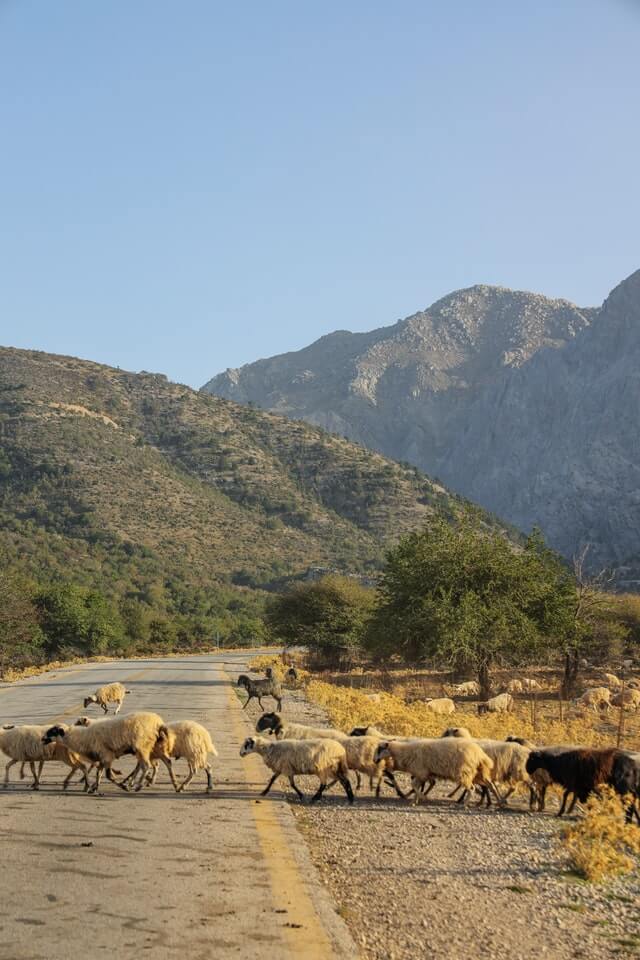
One of Europe’s longest canyons, the Samaria Gorge is about 16 kilometers and takes about six hours walk through. You start at the trailhead in Xyloskalo and end in Agia Roumeli. Of course, you will want to stop and take pictures along the way. A perfect spot to do just that is at the abandoned Samaria settlement. Or you can refill your water bottles are the natural springs along the trail. You will walk along cliffsides and walk deep into the gorge, this is a hike that you need to be prepared for and is not the easiest trek for most people.
The gorge is only open from April to October, and it also depends on the weather (if it is too rainy, the trails are too slippery and are not safe for even experienced hikers). Once you hit “the Gate” at the end of the gorge, you will walk through a narrow path and continue walking through the national park. Eventually, after about two kilometers, you will make it to the sea where you can jump in for a relaxing swim.
25. Rila mountains, Bulgaria

The highest mountain in Bulgaria is Rila on the Balkan Peninsula. There are 200 glacial lakes throughout the mountain range and even some hot springs that locals and tourists love to visit, like in the town Sapareva Banya. This range is great for hiking or skiing depending on the time of year for your trip.
There are two long distance trails, E4 and E8, that are hut-to-hut and take you throughout the Rila Mountains. On these trails you will be able to see some impressive sites, like the Rila Monastery, the Seven Rila Lakes, and the Musala Peak. You can also break for the E4 and E8 to smaller hikes that only take a couple of days to complete.

